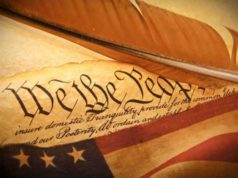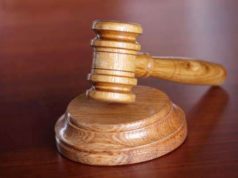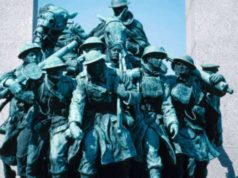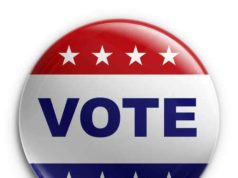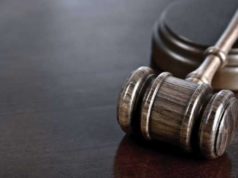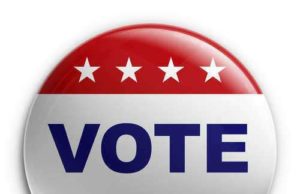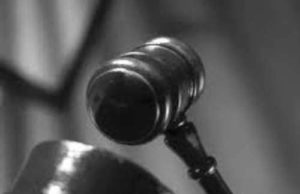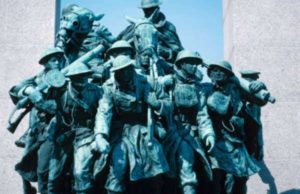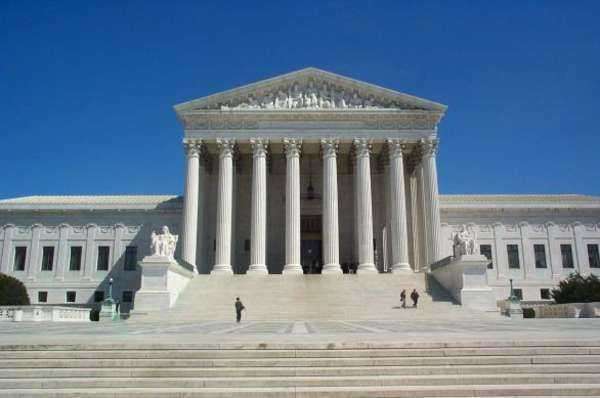
Hague v. Committee for Industrial Organization
How much are municipal governments allowed to restrict their citizens' right to peaceably assemble on public streets and in public buildings? That's the question that the Supreme Court answered in Hague v. Committee For Industrial Organization, a 1939 ruling that was made in response to ordinances passed in Jersey City, New Jersey. This case would be cited thousands of times by subsequent cases, and is an important landmark in freedom of assembly rulings in the United States.
Labor Relations in Jersey City
At the time when Hague v. Committee for Industrial Organization began, Jersey City was controlled by mayor Frank Hague, who was one of New Jersey's most infamous “bosses,” famed for corruption and bribery. Hague kept property taxes in Jersey City high, and to avoid having businesses leave the city, made sure to crack down hard on any striking workers. This ensured a steady supply of cheap labor for Jersey City employers, and led to businesses staying in the city instead of moving away because of high tax rates.
When the Committee for Industrial Organization (CIO, one of the biggest labor unions of the time) came to Jersey City to attempt to organize workers there, Hague fought back. Police removed a socialist presidential candidate, in Jersey City under the auspices of the CIO, from the city. Then, when the CIO attempted to distribute leaflets on public sidewalks to workers, informing them of their collective bargaining rights under the provisions of the recently passed National Labor Relations Act, Hague had them arrested and removed from the city as well.
The Case
The district court trial involved attorneys from Hague's side arguing that the city's anti-littering ordinance had been used to arrest CIO workers because of a governmental interest in stopping Communism and Communist activities. Hague accused the CIO of being Communists who wanted to overthrow the United States government, and said that therefore they were not attempting to engage in lawful activity.
At both the District and Circuit Court levels, judges found in favor of the CIO, deciding that they had the right to assemble in public places to disseminate information about rights and the law. Hague appealed to the United States Supreme Court.
The Supreme Court Decision
In a strongly worded decision, the Supreme Court decided in Hague v. Committee for Industrial Organization that the CIO had done nothing wrong in distributing leaflets about the National Labor Relations Act and workers' rights under the law. The court cited an earlier case, in which it was stated that a republic such as the United States must allow people to meet publicly to discuss the law and petition for a redress of grievances.
“Citizenship of the United States would be little better than a name” if citizens were not allowed to participate in the types of activities that the CIO's representatives had been arrested for, the court ruled. This victory for the CIO allowed distribution of organization information to any workers who needed it.





